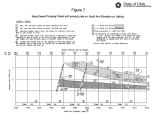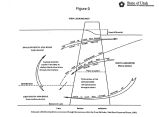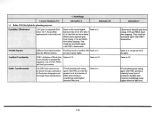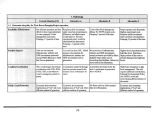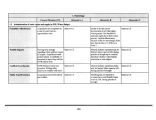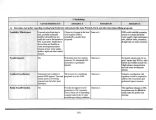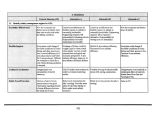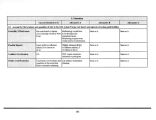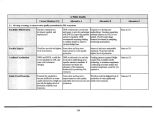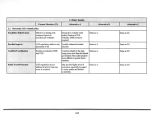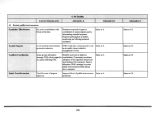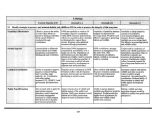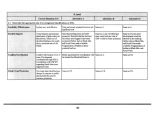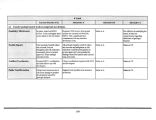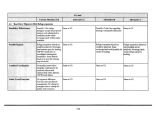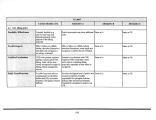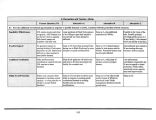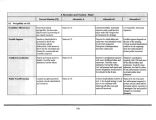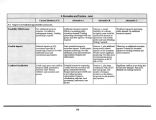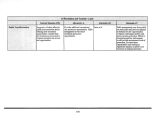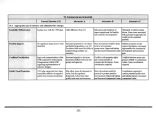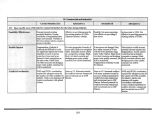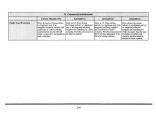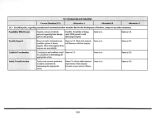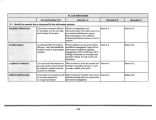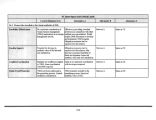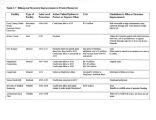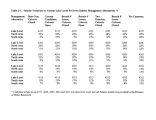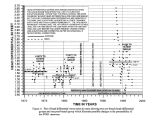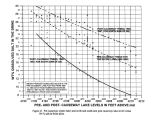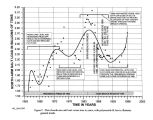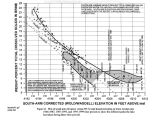| OCR Text |
Show DNR is interested in promoting wise use of an area while still sustaining and protecting the resource. Ramsar requires " wise use" of wetlands and their support systems. Ramsar defines " wise use" as " the wise use of wetlands is their sustainable utilization for the benefit of humankind in a way compatible with the maintenance of the natural properties of the ecosystem." Ramsar requires that contracting parties complete a full assessment of environmental concerns in planning ( wetland and upstream) that might affect the wetland and possibly impact associated benefits and values. Other required actions include continued evaluation during planning project implementation and the full implementation of necessary environmental measures. Also, in cases where there is insufficient evidence to prove a direct link between activities and resulting wetland degradation, a " precautionary principle" should govern determination of appropriate activities for a wetland. These requirements would be difficult to meet since funding and other resources are limited. We do not know exactly how this dynamic ecosystem works and what impacts particular activities have on these resources. According to Ramsar's " Identification of Benefits to the Current U. S. Listed Sites" survey, a Ramsar designation has not changed or shifted the type of management or land- use practice. However, nearly all of the Ramsar sites listed have a clear natural resource management focus- to mainly protect wildlife and habitat values. The state is required to balance multiple- use and protect sustainability of the lake and its resources. According to Ramsar's web site, a Ramsar designation has prevented development in several cases. This may be inconsistent with our public trust responsibility and existing mandates for managing the lake. 16.0 OPEN SPACE/ CRITICAL LANDS 16.1 Protect open space and critical lands The public supported the preferred alternative to acquire additional property or conservation easements for open space and critical land protection. Some individuals suggested that the preferred alternative was consistent with several other management objectives. A Ramsar designation would be consistent with acquiring additional property or conservation easements in support ofDNR's goal to work towards protecting open space and identifying critical lands policies. It would also have the potential to help prioritize the lake as an area to acquire additional habitat or conservation easements on a willing seller basis. The consideration of Ramsar must be fully investigated and determined not to conflict with other public trust responsibilities. It would be consistent if it did not conflict with the reasons for acquiring a particular parcel. A decision to acquire a property with a willing seller would be based on several criteria and some of these activities may conflict with a Ramsar designation. 329 |


















































